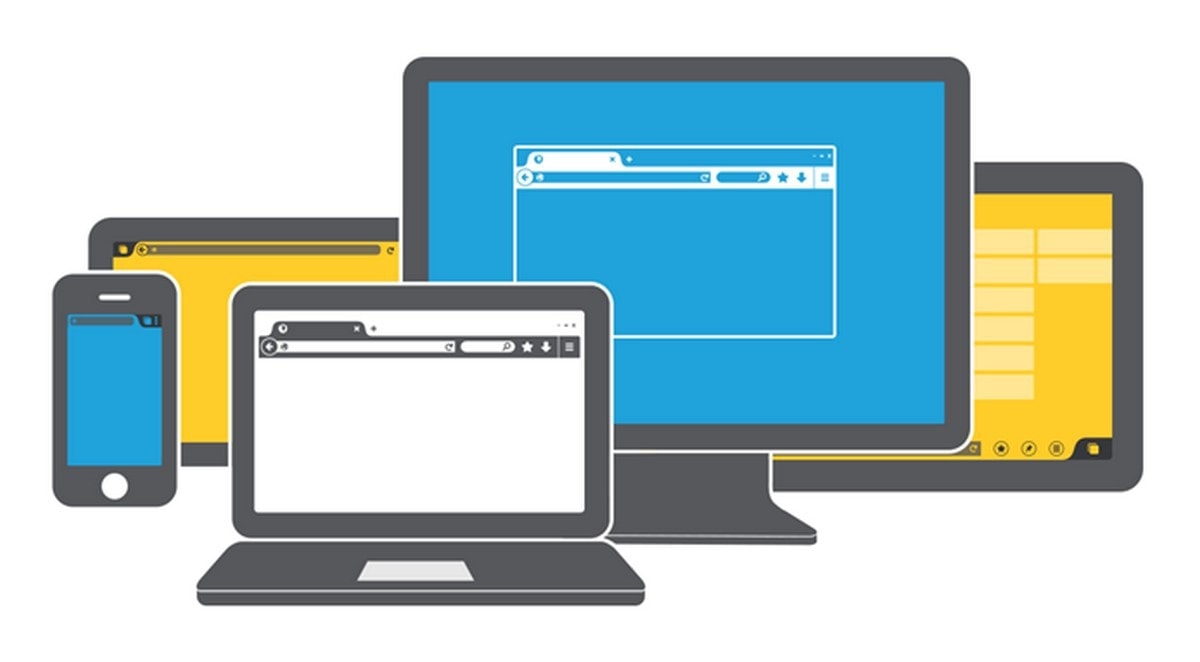
What is Web Usability? Tips for having a better Website Usability
What is Web Usability? How To Have A Usable Website
Web usability is known as the ease of using a website. Website usability is linked to the design of any website and the ease with which any user can use the website. The website must be user-friendly and every user must be able to easily use the website.
Nowadays, responsive websites are developed which look good on every type of device from desktop to tablet and even on mobile phones… and that comes under web usability. It means focusing on the user experience and targeted audience.
Web usability is not just an option now for site owners… it is a concern for marketers as it can impact the business positively and negatively as well. A website with bad usability will result in loss of traffic, fewer conversions, decrease in sales and ultimately it will affect profitability.
So Web Usability is an important aspect in making your website an essentially lovable “commodity”. How would you make your site usable? Let us check out the aspects that cover Web Usability and its importance.
Table of Contents
What is Web Usability?
Web Usability is a term used to designate the ease with which the visitors to your website find the information that they are looking out for. The correct definition would mean a User-Centric website.
Building a usable web would mean that all the factors and aspects of the web design should be focussed on how easy it would be for the users of your website to navigate through your site and ensure that their goals and requirements are achieved. The focus should be on building a product that is simple, easy to use and efficient.
Here are a few essential key elements and principles you need to take care of if you want to make your website usable.
Tips to have better Web Usability
1) User Interface
Your website is all about being user-centric. Focus on the target audience that you want to build your website for. The interface will clearly be dependent upon the exact target audience.
Apart from the audience, another factor that may affect the interface is the device and the browser that the site is accessed on. You can use the browser testing apps to check the website compatibility across different browsers. Likewise, emulators can be quite helpful in checking your site on multiple devices without even owning those devices yourself.
2) Navigation Compatibility
Navigation can be one of the reasons your visitors may be disappointed with your website. Make sure you have placed the navigation elements in the right position and labeled them in an easily understandable manner.
A proper differentiation between the primary, secondary and other navigations also assumes a lot of importance. You should also pay attention to the essential factors like link usability or breadcrumb usability as well. Using a proper color differentiation for the internal links should be quite important. One of the common mistakes you may commit while interlinking is to use the generic words like for more information, click here or similar options. Avoid it and opt for more descriptive interlinking techniques.
3) Clarity of the Ideas
Make your ideas clear. If you tend to confuse your visitors, you may end up with a reduced traffic within practically no time. Help your visitors get what they came looking for.
Focus on the important aspects of the topic you have chosen to discuss. Some of the key elements that would be helpful in achieving it are simplicity, familiarity, and a better information architecture. Let your visitors gain access to what they are looking for and that would be the right way you would ensure that your visitors will be in for a positive feedback about you.
4) Web Pages That Load Faster
No matter what kind of hard work you have put into the design of your website and the content therein, your visitors will get disappointed if your pages take seconds to load. Content is the king – they say. But, that content needs to load faster.
While the users may not be happy with the content if it is not good enough, even a good content may go useless if you have not optimized your pages in an effective manner. The studies have indicated that the average time that a user would want the page to load and wait for it is around 8 seconds! There are a few essential elements you need to go through if you want to optimize your site for faster loading.
- Avoid images for navigation. They may look fancy, but not useful
- Avoid tables for the layout of your site pages.
- Optimise your images and videos for better site loading times.
You can make use of a few tools for assessing the speed of your web pages. Some prime examples are Google PageSpeed, Yahoo! YSlow and WebPageTest.
5) Usability of the content
The website pages need the images and videos for making the content interesting and understandable. But while you are welcome to use the graphics in either of those forms, it is essential to optimize them for better usability.
Even the rest of the content should be well formatted and user-friendly. The points you raise in your content and their presentation should be clear and precise. If you have a lot to offer in your content, it may be wiser to split the content into multiple posts and then interlink them appropriately. In fact, if you want your content to be best optimized, you should neither go with too short content nor opt for a too longer option. Strike the right balance.
6) Accessibility
Though we have taken up the concept quite later in the discussion, this is the most important aspect in terms of web usability. The users need to have access to your site. If your visitors fail to get to your site, all your efforts will go in vain.
Some of the aspects of ensuring a proper accessibility and availability of your website are
- Broken links can be a big No No. Ensure that there are no broken links or dead ends. A 404 error page can disappoint your visitors and may not be a good sign for the web usability.
- Mobile responsiveness is yet another feature that we would focus on as part of the best strategy for the web usability. Google has included it as part of the ranking algorithm. This will ensure that the site will run efficiently on any device, any screen size, and any resolutions.
- The server time and the performance of your hosting service also have a great effect on the usability of your site.
The Concluding Thoughts
Well, those were a few tips that can help you achieve the best web usability for your site. However, it should ideally be an ongoing process. You should go through a constant refining for better results.
Consider yourself in the shoes of the user and analyze what you would want from the website. We know, it would not be an easy task, but that should be the right way to achieve the best web usability.









